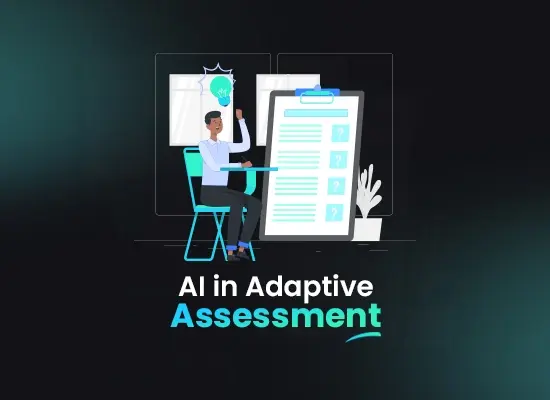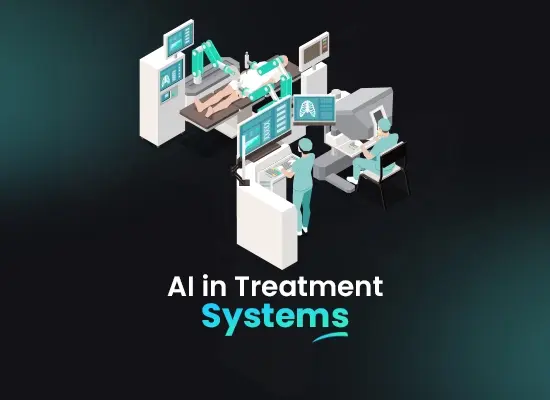Mastering the Art of Clean Code: Best Practices for Readability and Maintainability
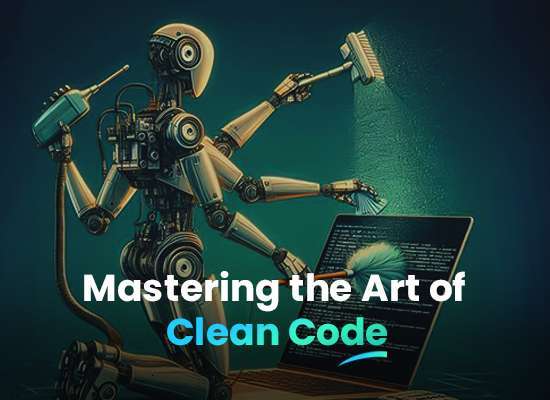
Introduction
Clean code, distinguished by its well-organized, easily understandable, and maintainable structure, stands as the fundamental pillar of any successful software project. Adhering to the clean code principle is imperative throughout the development process, ensuring the effectiveness, reliability, and scalability of the code. Developers must prioritize the integration of the clean code principle into their workflow to attain code that not only meets visual appeal but also facilitates efficiency, comprehensibility, and ease of maintenance.
In striving for clean code, one not only contributes to the immediate success of a project but also lays the groundwork for long-term time and resource savings. Embracing the clean code principle is a pivotal aspect of software development, emphasizing the significance of crafting code that is not only aesthetically pleasing but is also efficient, comprehensible, and easy to maintain. This article will delve into the art of developing clean code, offering valuable insights and practical advice to assist you in honing your skills as a developer committed to the clean code principle.
What Does It Mean to Have a Clean Code?
In his authoritative work “Clean Code: A Handbook of Agile Software Craftsmanship,” Robert C. Martin eloquently conveys the significance of adhering to the clean code principle. He articulates that clean code embodies simplicity and directness, akin to well-crafted prose. Rather than obscuring the designer’s intention, it prioritizes clear abstractions and straightforward control lines. The essence of clean code lies in its ability to reveal the programmer’s proficiency and dedication. Numerous distinguishing qualities set well-written or “dirty” code apart from clean code. Let’s delve into some of the most crucial traits exemplifying the clean code principle:
Simpleness
Clean code is distinguished by its clarity, conciseness, and ease of comprehension. Adhering to the Clean Code principles ensures an approach to the given task that is direct and effective, devoid of unnecessary or extraneous elements. The significance of clean code lies in its ability to enhance the understandability of the code for developers, facilitating more efficient and effective collaboration. This emphasis on clean code principles is vital for the maintenance and improvement of software systems.
Readability
Clean code is easily readable and understandable for programmers who may not be acquainted with the codebase. The clean code principle ensures adherence to accepted coding standards and best practices, reflecting in the thoughtful naming of variables, functions, and classes to enhance overall code comprehension. Embracing the clean code principle fosters an environment where the codebase is approachable and intelligible, promoting collaborative development and maintenance.
Dependability
Adhering to the Clean Code principles ensures the development of a reliable and bug-free codebase. The implementation of robust error handling and exception mechanisms, coupled with thorough testing, upholds the Clean Code principle, mitigating the risks of crashes and preventing undesired behavior. Embracing the Clean Code philosophy not only promotes a dependable code structure but also emphasizes the significance of error-free execution through meticulous coding practices.
Maintainability
Over the course of time, adhering to the Clean Code principles facilitates effortless updates and modifications to the codebase. The inherent logical structure and meticulous organization of Clean Code make it uncomplicated to pinpoint and modify specific code segments.
When contemplating Clean Code, the emphasis is on crafting code that is simple, understandable, reliable, and easily maintainable. Clean code, characterized by its adherence to accepted coding standards and best practices, ensures that it remains straightforward to comprehend and adapt as time progresses.
Distinguishing Between The Principles: Code of Conduct
The essence of Clean code lies in adhering to foundational Clean code principles, which systematically guide developers towards crafting code that is transparent, easily maintainable, and optimized. Clean code principles are not dictated by arbitrary rules or subjective preferences; instead, they serve as the guiding framework for achieving clarity, maintainability, and efficiency in code development. Embracing the Clean code principle ensures a disciplined approach to writing code that transcends individual opinions or random regulations. Let’s examine a few of these fundamental ideas:
Seamless Collaboration | Cost-Efficient Solutions | Faster Time-to-Market

Seamless Collaboration | Cost-Efficient Solutions | Faster Time-to-Market

Single Responsibility Principle
Adhering to the Clean Code principle of Single Responsibility, a class or module ought to undergo modification solely for a singular reason. Clean code principles advocate that code becomes more comprehensible, modifiable, and testable when it remains focused on a singular task. Emphasized by Robert C. Martin, the essence lies in collecting elements that undergo change for the same reason and, conversely, separating those elements that change for different reasons. Following these Clean Code principles ensures that the codebase remains well-organized and aligned with the ideals of clarity and simplicity..
→ Consider a scenario where you possess a class referred to as User, tasked with overseeing both user profiles and user authentication. Employing the Clean Code principle of Single Responsibility Principle (SRP), the class is effectively refactored into two separate entities, namely UserProfileManager and Authenticator. This application of the Clean Code principle enhances code clarity and maintainability. Each class adheres to a singular responsibility, adhering to the Clean Code principle and making the codebase more readable and modifiable.
Open-Closed Principle
The Open-Closed Principle (OCP) posits that software entities, including as classes, modules, and functions, ought to be closed for modification but open for extension. Put another way, adding functionality shouldn’t change the way the current code behaves. Code stays more stable and is less likely to introduce defects when this approach is followed.
→ Assume that your class Shape has a method named calculateArea(). Rather than altering the Shape class each time a new shape is required, you can make subclasses that extend Shape and implement their own calculateArea() function, such as Circle and Rectangle. In this sense, the Shape class is still closed to changes but is open to extensions.
Liskov Substitution Principle
This principle states that the program’s correctness should not be compromised if objects of a superclass can be replaced by objects of their subclasses. All in all, it emphasises how crucial it is to follow the contracts and expected behaviour specified by the superclass. For example, if you have an
→ Animal superclass with a makeSound() method, any subclass such as Dog or Cat should be able to replace the Animal superclass without deviating from the expected behaviour. By calling the makeSound() method, for instance, both Dog and Cat ought to be able to produce sound.
Interface Segregation Principle
Clients shouldn’t be made to rely on interfaces they don’t utilise, according to the Interface Segregation Principle (ISP). To encourage loose coupling and prevent needless dependencies, interfaces should instead be customised to meet the unique demands of each client.
→ Assume you have an interface named Printer that has print(), scan(), and fax() functions. On the other hand, not every printer can fax or scan. One way to comply with ISP is to divide the Printer interface into smaller interfaces such as Scannable, Faxable, and Printable. Clients can then rely on particular interfaces according to their requirements, avoiding superfluous dependencies.
Dependency Inversion Principle
The Dependency Inversion Principle (DIP) promotes relying on abstractions as opposed to specific implementations. The use of interfaces or abstract classes makes code easier to test, more modular, and more versatile.
→ Assume for the moment that your OrderProcessor class directly depends on the concrete DatabaseConnector class in order to retrieve data. By using DIP, you can replace OrderProcessor’s dependency on the interface with an abstraction, like an interface named DataConnector. This promotes flexibility because it’s simple to move between multiple DataConnector implementations without changing the OrderProcessor class.
If there isn’t a true functional need for functionality, you shouldn’t develop it. Although “bonus” features are frequently added by developers, they are rarely used. When they are used, they frequently need to be adjusted further.
Time Allocation Principle
Allocate dedicated time to apply the features outlined in the roadmap, ensuring that they receive the attention they deserve, all while adhering to the clean code principles. This involves the systematic removal of unnecessary functionality, aligning with the overarching goal of maintaining clean code throughout the development process. Embracing the clean code principle becomes paramount in this approach, as it underscores the significance of prioritizing essential features while streamlining the codebase. By consistently adhering to clean code principles, you cultivate a development environment where code is not only functional but also comprehensible and maintainable, thus contributing to the overall efficiency of the project.
Testing and Review Principle
When unnecessary functionalities are incorporated, time needs to be dedicated to testing, peer review, and deployment, diverting resources from more crucial tasks. Adhering to the Clean Code principle ensures that development focuses on essential features, minimizing the need for extensive testing and facilitating a streamlined peer review and deployment process. This approach allows for a more efficient allocation of resources to tasks that align with Clean Code principles, emphasizing simplicity and readability in code development.
Maintenance Principle
The incorporation of unnecessary elements in the codebase disrupts adherence to Clean Code principles, rendering the maintenance process more intricate and challenging. This deviation from Clean Code not only complicates the existing structure but also impedes its potential for development and expansion. Upholding the Clean Code principle ensures a streamlined and easily maintainable codebase, fostering a conducive environment for continuous growth and enhancement.
Hazard of Starting a Practice
When the Clean Code principle is not prioritized within a team, setbacks may arise, leading to the production of unmaintainable and bloated code. The absence of a focus on Clean Code principles can result in the proliferation of unnecessary features throughout the group, further exacerbating the challenges of maintaining a high-quality codebase. Embracing and adhering to the Clean Code principle becomes imperative to mitigate the risks associated with code complexity and to foster a culture of code cleanliness within the development team.
Stress over the importance of avoiding code duplication, as it is a prevalent problem in software development. Many issues, including maintenance difficulties, arise from code duplication. Reusing code can lead to difficult-to-find problems and complicate the process of implementing modifications.
In order to put this theory into practice, the system must be divided into smaller components, and the logic and code must be broken down into the smallest pieces feasible. Developing clear procedures with clearly defined roles is part of this.
Decreased Bugs
Applying the Clean Code principle of minimizing code duplication significantly diminishes the likelihood of encountering errors repeatedly. By adhering to the Clean Code principle and ensuring that logic is not scattered throughout the source, identifying and rectifying bugs becomes a straightforward task. Embracing the Clean Code principle of reducing code redundancy enhances the maintainability and reliability of the codebase, promoting an efficient and error-resistant development process.
Improved Maintenance
Implementing the Clean Code principle significantly facilitates maintenance by breaking down logic and code into smaller, more manageable components. The Clean Code principle emphasizes the importance of avoiding redundant code, ensuring that updates in one location seamlessly propagate across the system. This adherence to the Clean Code principle minimizes the need to modify numerous instances of duplicate code, streamlining the overall development process and promoting codebase consistency.
Moreover, highlight the value of simplicity. It motivates developers to avoid creating pointless features and instead concentrate on developing core functionality. It is advisable to hold off on providing a certain functionality if it is not currently needed. If and when the requirement occurs, the cost of customising the code to match that particular demand will probably increase. It is essential to take a rational and direct approach to the development process. Steer clear of excessively intricate abstractions that could prove challenging to comprehend down the road, even for you.
Decreased Complexity
Clean code, adhering to the clean code principles, is easier to grasp, modify, and debug. The clean code principle emphasizes simplicity, making it more straightforward to comprehend, update, and troubleshoot the codebase. Over time, convoluted abstractions and intricate logic can make understanding the code challenging. However, by consistently applying the clean code principle, developers can maintain a codebase that remains comprehensible, adaptable, and easy to troubleshoot.
Reduced Maintenance Cost
You can make it easier for other developers to get involved with your code by keeping the codebase basic and avoiding superfluous complications. As a result, the development team may collaborate more easily and maintenance costs are decreased.
Tips to Make Sure Your Code is Notable
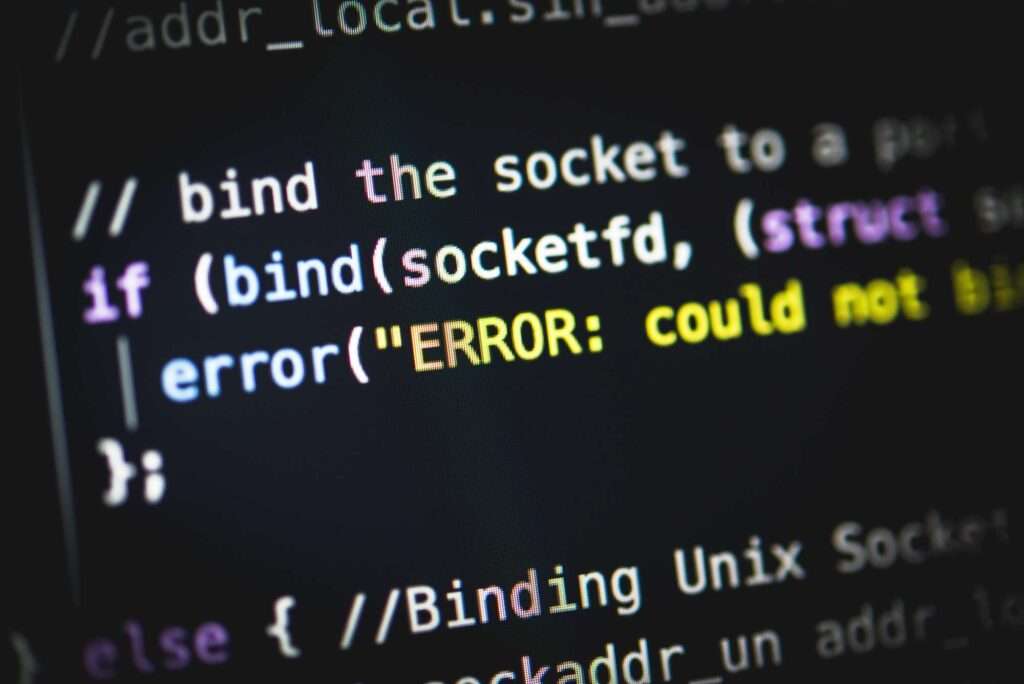
Comprehensible Tags
Give variables, functions, and classes names that are clear and convey their intentions. For instance, use a more descriptive variable name, such as numberOfStudents or userAge, rather than a generic one like x. The code becomes more readable and self-explanatory as a result.
Indenting the Code Properly
Code readability is greatly influenced by consistent code layout and indentation. For example, appropriate indentation enhances visual structure and aids in identifying code blocks. A uniform appearance throughout the codebase is also ensured by using a standard style for spacing, line breaks, and braces.
Compact and Targeted Functions
Deconstruct complex logic into smaller, more focused functions that each carry out a single purpose. For instance, make discrete functions for each unique task rather than one long function that performs several tasks. This encourages readability, code reuse, and simpler debugging.
Notes and Explanation
Try to write self-explanatory code that reduces the need for superfluous comments, but feel free to use comments where needed to add clarification and context. Documentation helps other developers comprehend and use your code efficiently. Examples of this type of documentation include usage examples and API references.
Examining and Developing through Tests
Implement automated tests to confirm the accuracy of your code and make sure it performs as intended. This is known as test-driven development, or TDD. To help you define requirements and create clean, modular code, Test-Driven Development (TDD) encourages you to build tests before writing actual code.
Restructuring code
To make your code more organised and free of odours, examine and refactor it on a regular basis. For instance, you might find redundant code blocks and combine them into functions that are reused, or you could simplify intricate conditional expressions. The codebase remains tidy, manageable, and flexible to future modifications thanks to refactoring.
Seamless Collaboration | Cost-Efficient Solutions | Faster Time-to-Market

Seamless Collaboration | Cost-Efficient Solutions | Faster Time-to-Market

The Digital World to Your Aid: Using Tools to Analyse Code
Linters
Linters are tools for static analysis that search code for possible mistakes, infractions of coding conventions, and other problems. They support the implementation of best practices and coding standards. ESLint for JavaScript, Pylint for Python, and RuboCop for Ruby are popular linters for various programming languages.
Code Formatters
These programmes automatically format code to conform to pre-established formatting guidelines or style manuals. They give the project’s code formatting consistency, which lessens disagreements over coding style and improves code readability. Prettier for JavaScript, Black for Python, and gofmt for Go are a few examples of code formatters.
Version Control Systems
Git and other similar systems provide for efficient version tracking, collaboration, and code management. They facilitate concurrent code development, change tracking, and simple rollback to earlier iterations for teams. By enabling cooperation and guaranteeing that changes are appropriately tracked and vetted, version control systems encourage cleaner code.
Reviews of Code
One of the most important practices for keeping clean code is conducting code reviews. Peer reviews allow different developers to examine and comment on each other’s code. This makes sure that coding standards are followed, suggests fixes, and helps find any problems. Cooperative code reviews are made easier by programmes like GitHub’s pull request feature.
Automated Testing Tools
Test runners and unit testing frameworks are examples of automated testing solutions that make it easier for developers to create and carry out tests quickly. Developers may verify code functionality, find defects early, and guarantee codebase stability with the help of tools like JUnit for Java, pytest for Python, and Jest for JavaScript.
Reconstruction Tools
By automating code refactoring tasks, refactoring tools contribute to better code quality. Refactoring capabilities that automate popular refactoring techniques are frequently available in integrated development environments (IDEs). These tools guarantee that clean code guidelines are followed, remove duplication, and simplify complicated code.
Conclusion
To sum up, excellence in software development requires that one grasp the art of code cleanup. It is easier to read and maintain code when indentation is used consistently, modularization is used, and coding standards like DRY (Don’t Repeat Yourself) and SOLID principles are followed. A strong codebase can be achieved through regular refactoring, code reviews, and the use of version control systems. Adopting a methodical approach to cleaning up assures effective teamwork, lowers technical debt, and promotes scalable and robust software design.

